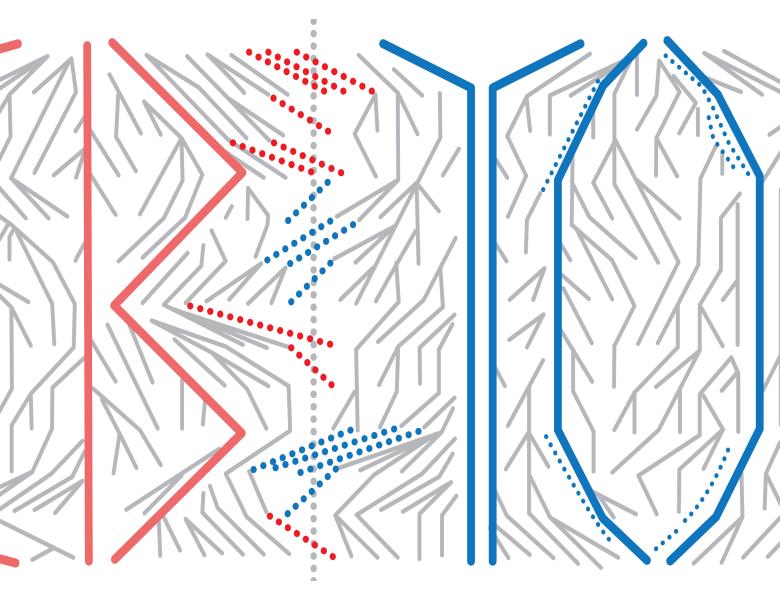
Abstract
The evolutionary dynamics of RNA viruses, as all organisms, depend on the occurrence of beneficial, deleterious, and neutral mutations. Yet, despite evidence for strong genetic linkage, the majority of studies on viral adaptive evolution focus exclusively on the role that beneficial mutations play in this process. This is particularly the case in modeling studies examining patterns of antigenic evolution in acute, semi-immunizing viral pathogens such as influenza. Here, I develop a model to address the dynamic interplay between beneficial mutations that enable immune escape and deleterious mutations that reduce between-host viral transmission. In an application of this model to influenza viruses in humans, I show that deleterious mutations are expected to make antigenic evolution occur in a punctuated manner, a pattern that has been empirically observed in these viruses. I further show that deleterious mutations are expected to substantially limit influenza’s genetic and antigenic diversity in the long-run, such that clonal interference does not need to be invoked to explain this pattern. Finally, I show that the dynamical effect of deleterious mutations provides a parsimonious explanation for two empirical observations in influenza: the occasional occurrence of within-subtype reassortment preceding an antigenic cluster transition and the tendency of antigenic clusters to arise from Asian, or more generally, tropical regions. This work highlights the critical importance of deleterious mutations in shaping patterns of viral adaptive evolution, even if they are not themselves the source of adaptation.


